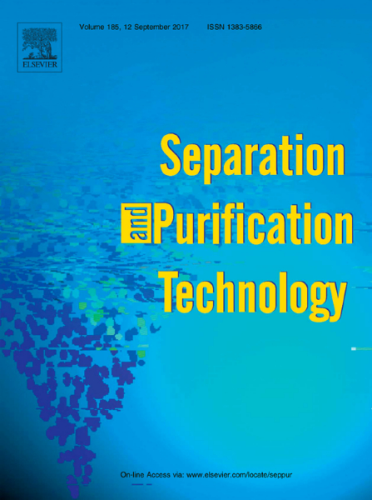
Abstract
Electrostatic precipitation is combined with a carbon fabric filter to develop a novel filtration system with high collection efficiency for submicron particles while maintaining a pressure drop as low as 6-56 Pa. The effects of high voltages on the filtration properties of carbon woven fabric filters are investigated by varying the fabric areal density, face velocity, number of fabric layers, and environmental relative humidity (RH).
The filtration performance tests show that the corona initiation voltage applied to carbon woven fabric should be higher than 20 kV in ambient condition, and filtration efficiency increases with the increasing of fabric areal density and supplied voltage. As the face velocity increases from 2 m/min to 4 m/min, the filtration efficiency at 30 and 40 kV decreases 13%. As the face velocity increases from 4 to 8 m/min, the filtration efficiency decreases much less.
The filtration efficiency is not significantly influenced by the number of fabric layers but can be increased dramatically with the increasing of RH. The maximum filtration efficiency reaches 99.8% for PM 1.0 at high RH. Meanwhile, the corona inception voltage decreases to 10 kV as the RH increased from 40% to 95%.





